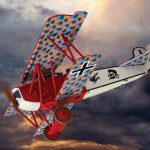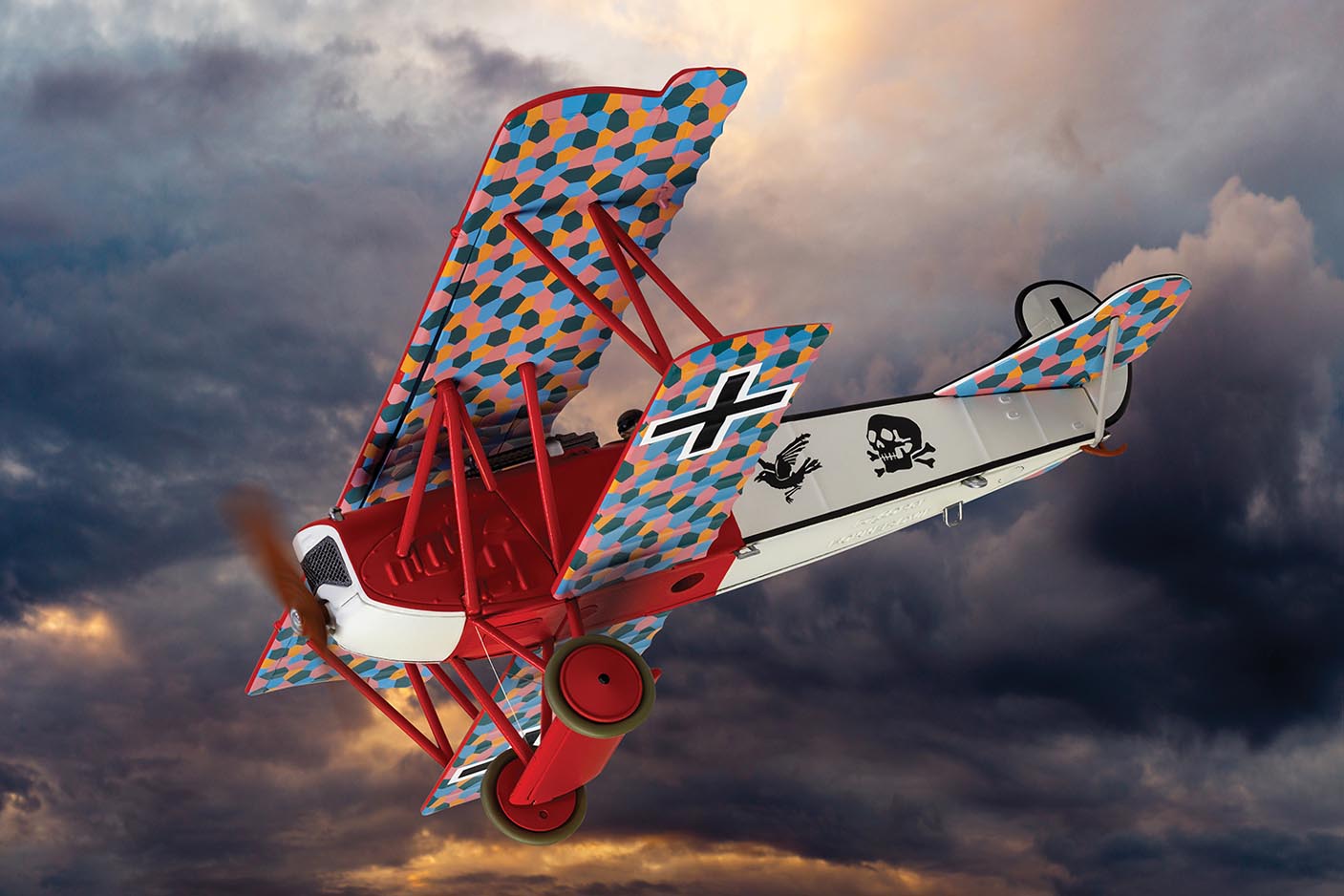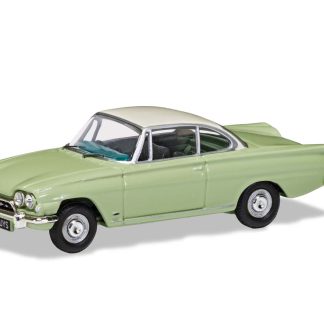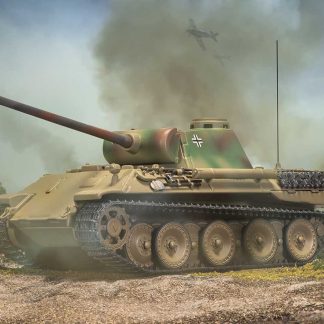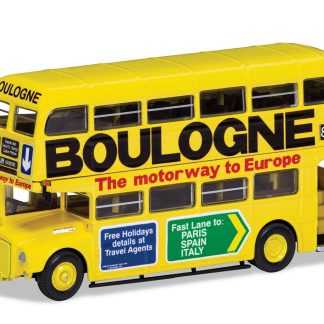Description
Undoubtedly one of the finest fighting aeroplanes of the Great War and definitely the most capable fighter to ever see Deutsche Luftstreitkrfte service, the Fokker D.VII was developed in response to the introduction of several new Allied fighter types, aircraft which gained a hard fought superiority of the skies over the Germans. Aircraft such as the Sopwith Camel and Royal Aircraft Factory SE5a had managed to turn the tables on the Luftstreitkrfte in the skies over the Western Front and the Germans knew something had to be done. The Military Aviation Bureau decided to hold a major competition to find a new fighter to redress this imbalance, inviting all the major aviation manufacturers, plus a few smaller companies, to send their aircraft for evaluation by current air aces, with the victorious aircraft almost certain to go into immediate production.
Famous Dutch designer Anthony Fokker was sure that a design he had been working on was capable of winning this competition and instructed his talented lead designer Reinhold Platz to head the project, using all means at his disposal to have the aircraft ready in time. The new aircraft incorporated everything he had learned whilst designing combat aeroplanes, in addition to including some innovations never seen on an aircraft to this point, ensuring this machine had the best chance of success. Crucially, although initially intended to be powered by a rotary engine, the availability of the Mercedes D.IIIa engine gave the Fokker team access to a powerful, proven engine, which would allow for trouble free operation, something which would be crucial if this aircraft was to be introduced in large numbers and to have a combat impact.
The prototype aircraft was delivered to the Adlershof airfield near Berlin for the trials in January 1918, where it was pitted against around thirty other competing aircraft, which interestingly included several other Fokker designs. Flown by some of the leading air aces of the day, including the Red Baron himself, Manfred von Richthofen, their D.VII design emerged victorious, after receiving enthusiastic support from von Richthofen and an initial order for 400 machines was placed immediately. With the aircraft proving to be everything the Luftstreitkrfte had been hoping for, the Fokker company were simply incapable of manufacturing the number of fighters required, so a deal was struck to allow their long-time competitor, Albatros Flugzeugwerke, to build the Fokker D.VII under licence. Eventually, three factories would be employed in producing this magnificent fighting aeroplane, Fokker at Schwerin and Albatros at Johannisthal and their subsidiary factory at Schneidemhl in Poland (OAW – Osterdeutsche Albatros Werke).
On making its combat introduction, the Fokker D.VII came as an unpleasant surprize for Allied airmen. With an appearance which was neither as streamlined as the Albatros D.Va nor as menacing as the Fokker Dr.1, the new fighter looked almost agricultural in comparison, with its thick wings and boxlike fuselage. This appearance was extremely deceptive, as the D.VII was a thoroughbred fighting machine and Allied airmen quickly learned to respect their new aerial adversary. Possessing ample power and exceptional low speed performance, reports started to circulate that the D.VII could almost hang vertically on its propeller, firing at Allied aircraft from below, then diving away to build up speed for its next attack run.
As greater numbers of this capable new aircraft began to appear over the Western Front, so German victory tallies began to increase and Allied airmen were once more forced into an attritional battle for aerial superiority above the trenches. In August 1918 alone, Fokker D.VIIs accounted for no fewer than 565 Allied aircraft destroyed, quickly earning such a fearsome reputation that it would later become a specific requirement of the armistice terms delivered by the Allies – all remaining Fokker D.VIIs must be surrendered to the Allies.
In contrast to the relatively drab presentation of many Allied aircraft operating over the Western Front during the Great War, Luftstreitkrfte units routinely presented their aircraft in brightly coloured and highly distinctive markings, mainly for reasons of combat recognition, but also in part to highlight their confidence and fighting prowess. It is, however, sobering to think that these markings were applied on to nothing more than doped linen and how these intrepid airmen had absolutely no protection from gunfire or explosion whatsoever. Indeed, during the melee of a swirling dogfight, a pilot was in as much danger of being hit by a stray bullet from a friendly machine gun, as he was of being struck by the enemy.
In what was rather an unusual occurrence, Royal Prussian Jasta 18 went through an unprecedented change in March 1918, when the unit's command

